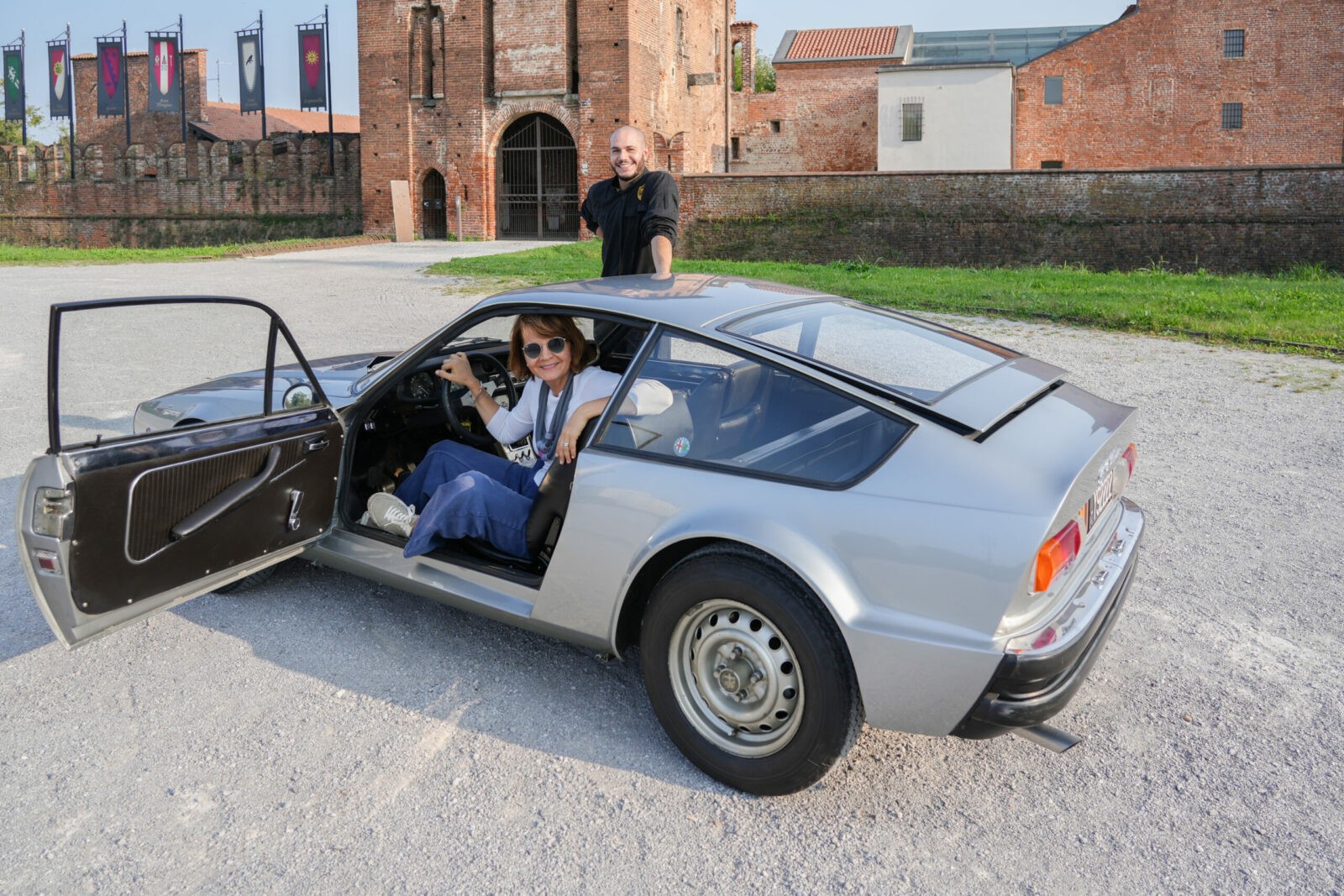
La Junior 1300 Zagato si risveglia
Di Mario Fontana
Le nostre Alfa Romeo raccontate da Mario Fontana, Direttore di Profumo di Alfa
La rivista Profumo di Alfa è l’unica in Italia a essere esclusivamente dedicata al marchio Alfa Romeo.
Per questo, ogni volta che il Direttore Mario Fontana ci chiede di poter fotografare le nostre auto e attingere al nostro archivio, siamo sempre contenti di rispondergli: ma certo!
Da subito, in modo spontaneo e soprattutto con grande divertimento, si è creato il gruppo “Quelli del Museo”: Quando decidiamo di “mettere le mani” su un’Alfa siamo in tanti! Ettore cura la parte meccanica, Marchino si occupa dell’estetica e Elisabetta prova le auto (e paga il conto 😂). Infine, importantissimo, Mario raccoglie informazioni in archivio, scatta foto, scrive articoli e pubblica memorabili servizi su Profumo di Alfa.
Ora questi memorabili articoli già pubblicati (a proposito, hai già acquistato la copia di questo mese?) saranno disponibili anche tra le nostre news.
Questo mese condividiamo l’articolo dedicato alla Junior 1300 Zagato, pubblicato sul numero 12 della rivista del 15/11/2023.
Buona lettura!
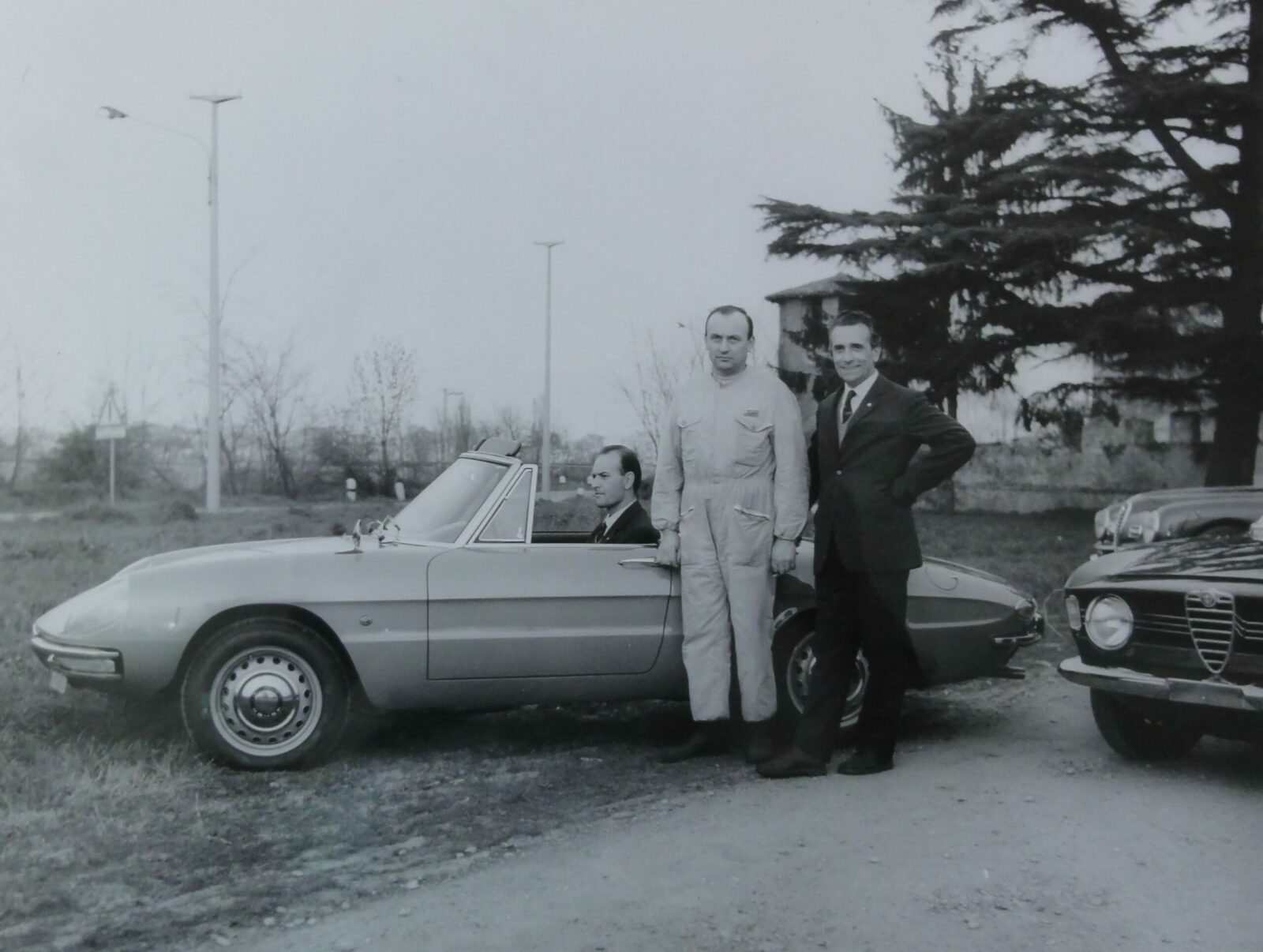
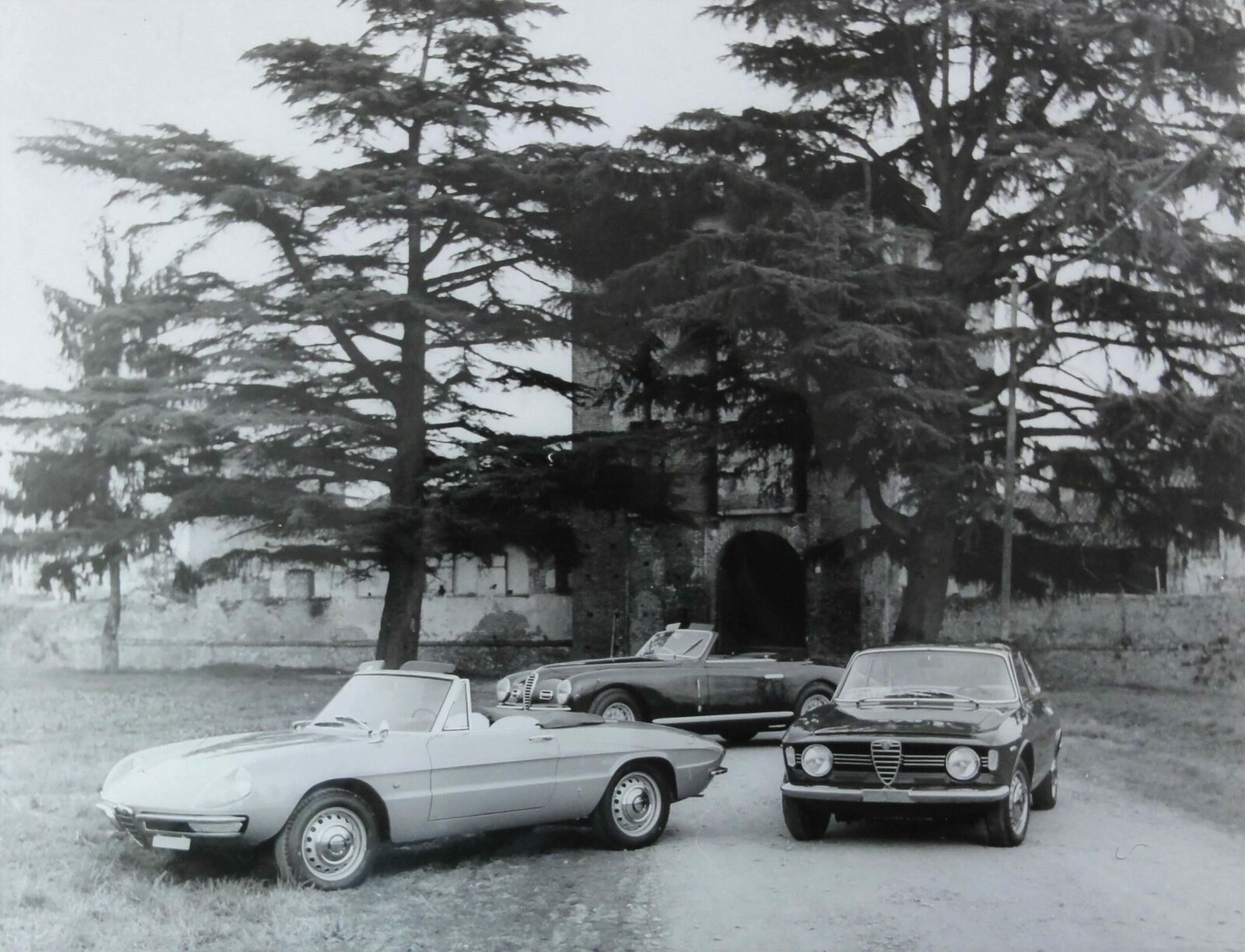
Il Castello Visconteo di Legnano, scenario in cui è stato realizzato lo shooting con la Junior Zagato. Nella prima foto vediamo ritratto Pietro Cozzi.
Nel 1969, Alfa Romeo presentò al Salone dell’automobile di Torino questo modello, sportivo ed elegante, pensato per un cliente anticonvenzionale
Splendida cinquantenne
Solo 920 chili e il telaio deriva da quello del Duetto, però accorciato, infatti è bassa e cortissima rendendola molto sportiva non solo nell’aspetto ma anche da guidare, in fondo la meccanica è quella della GT Junior. Inizia così la lectio magistralis di Ettore Grechi, il “matemeccanico” (per chi avesse perso la puntata precedente, Grechi è laureato in matematica. Ndr), e continua sostenendo che la meccanica è pura matematica, con dei numeri che nel caso di un’Alfa Romeo prendono forma. Poi comincia a illustrare le sforzo fatto da Zagato nel contenimento dei pesi indicandoci cofano e portiere in alluminio, anche se tiene a sottolineare che la macchina essendo già corta e piccola non aveva bisogno di altri parti in alluminio per risparmiare ulteriori chili ma, anzi, insistendo avrebbero solo aumentato i costi di produzione essendo l’alluminio un metallo “prezioso”.
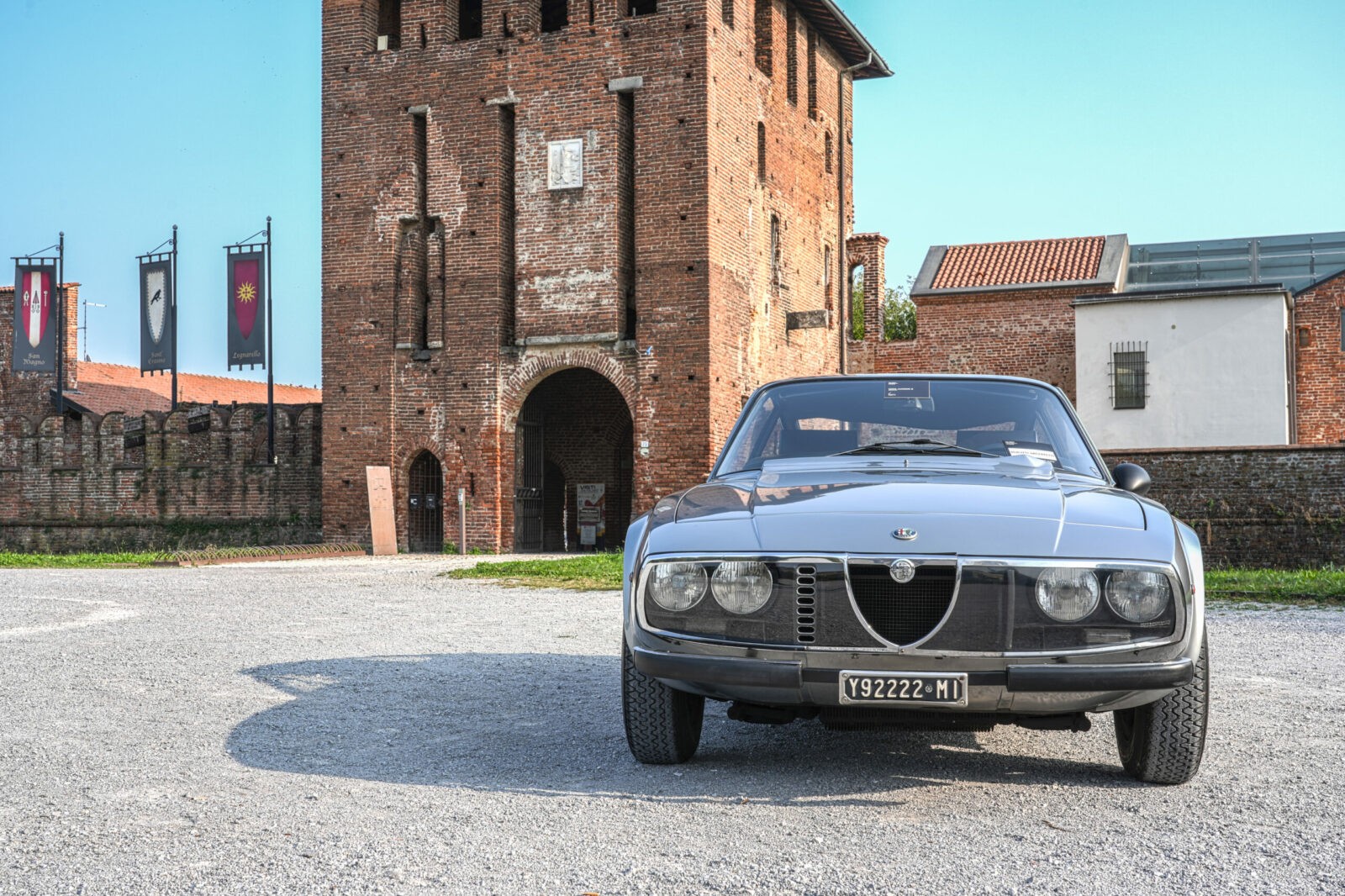
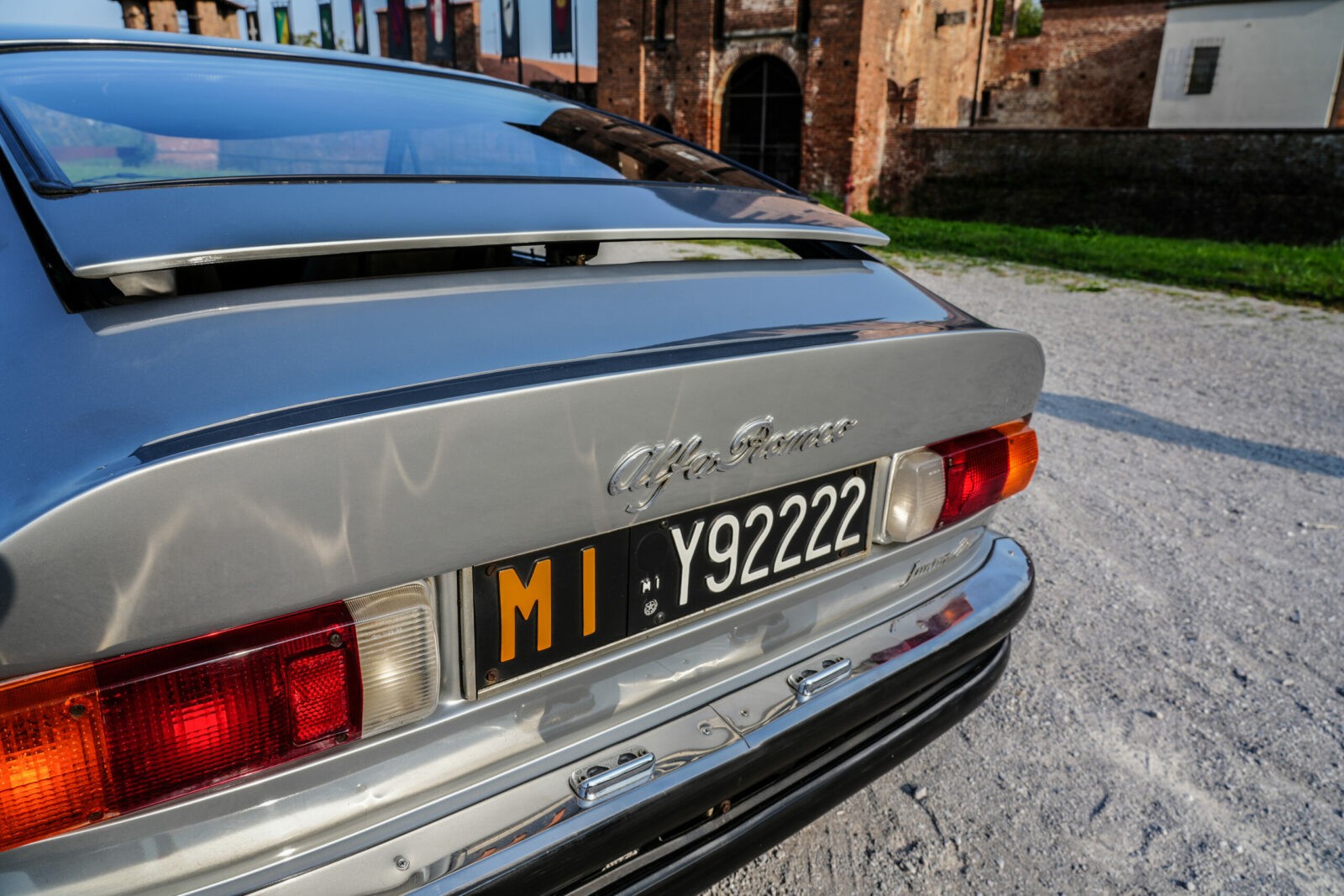
Allora Pietro Cozzi ci aveva visto giusto?
«È stato lungimirante nell’inserire nella sua collezione questa macchina, con il suo motto “mettila lì” ha salvato un vero pezzo di alto livello, anche perché quando si acquistano vetture firmate da carrozzieri famosi, come Zagato in questo caso, non è detto che il loro disegno superi il giudizio del tempo. Diciamo che la Junior 1300 Zagato rappresenta per il progetto 105, cioè la Giulia, quello che la mitica SZ ha rappresentato per la Giulietta. In questo caso la Junior Z profuma… di futuro».
Si trovano ancora pezzi di ricambio?
«Mettiamola così, è meglio fondere il motore che spaccare il plexiglass che protegge i fari perché la meccanica è quella della GT e quindi si trova tutto, eccetto alcuni elementi caratteristici della carrozzeria come per esempio il serbatoio della benzina che in questo caso è quello della Montreal».
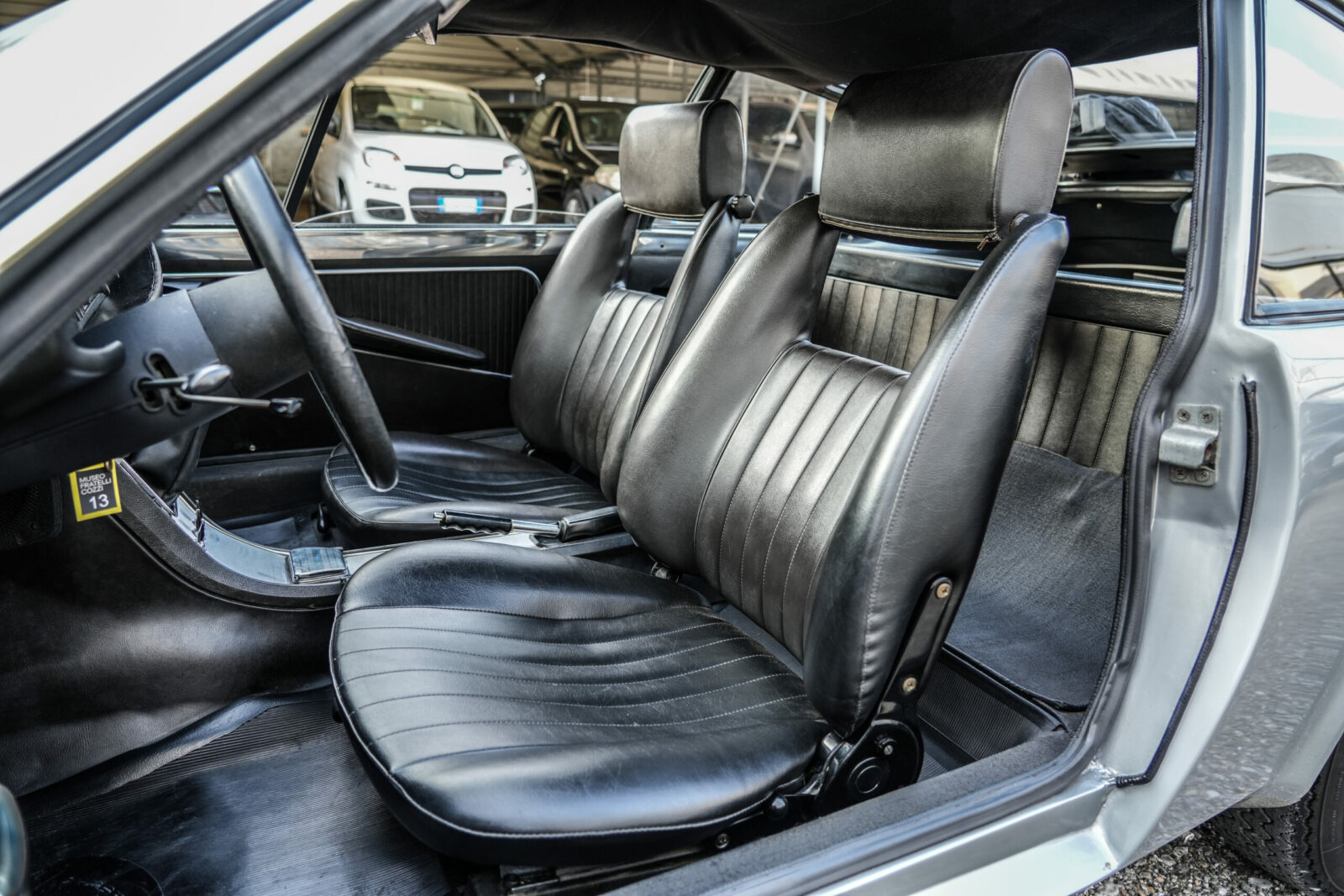
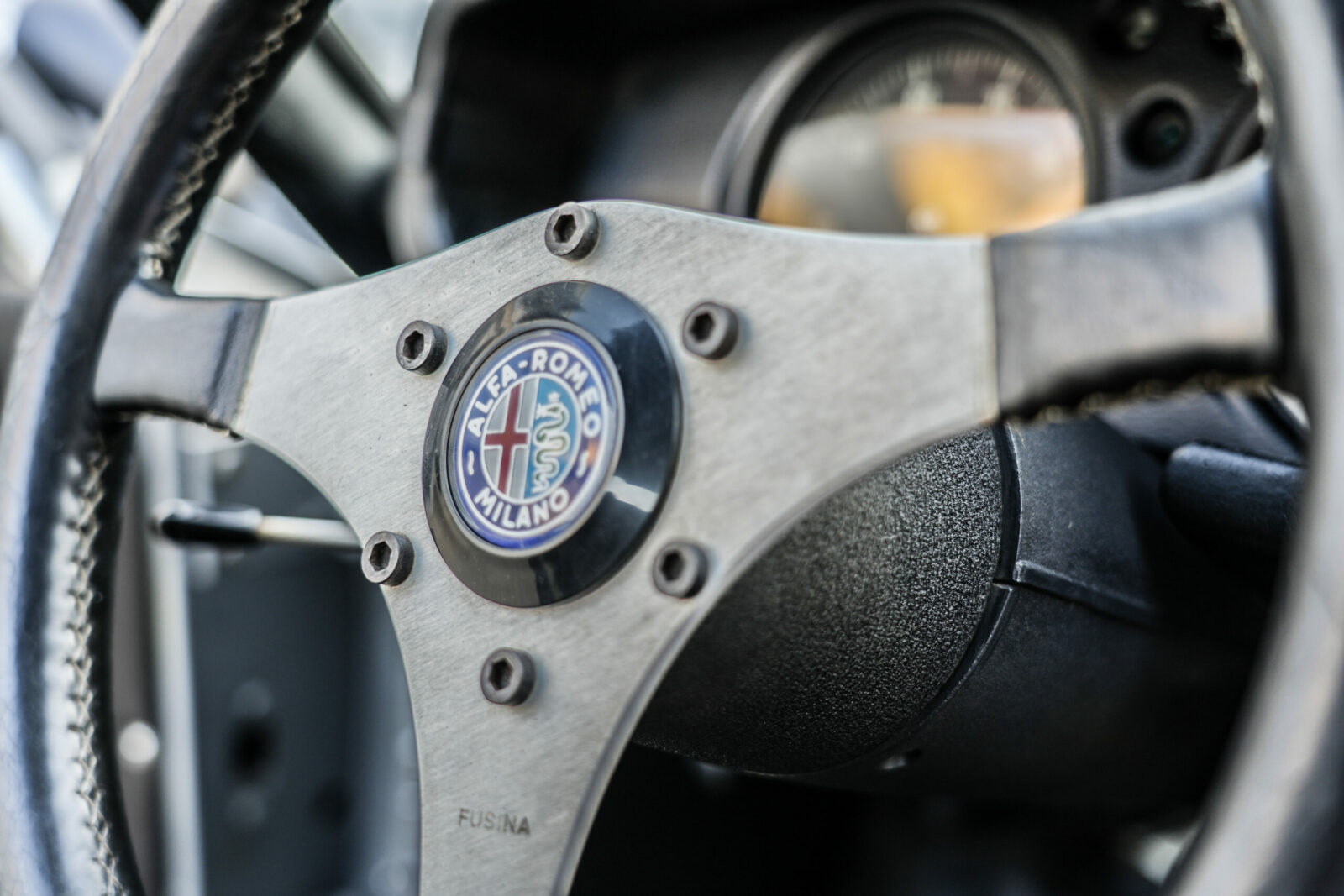
Come conservarla al meglio?
«Anche se ne hanno prodotto relativamente pochi esemplari la manutenzione è fondamentalmente simile a quella di un GT o Duetto, quindi assolutamente abbordabile anche se esistono alcune accortezze se parliamo di macchine di una certa età che non percorrono molti chilometri».
Quali?
«Il radiatore, per esempio. Al di là del modello, molte persone quando vedono che il radiatore dell’acqua non perde e, aprendo il tappo, vedono il livello giusto pensano sia sano, mentre spesso sono i tubicini interni che si tappano per colpa del calcare, impedendo al liquido di circolare liberamente quindi impedendo il raffreddamento. Ai primi segni di surriscaldamento, con tutto quello che ne può conseguire, consiglio di cambiare il termostato che è l’operazione più economica, e se il problema rimane cambiare il radiatore, per evitare danni più gravi come bruciare la guarnizione della testa e così via. Per cui mai valutare il radiatore solo dall’aspetto esteriore perché non vuol dire che se non perde è a posto, ma al suo interno non è detto che passi l’acqua. E questo vale anche per il radiatore del riscaldamento dell’abitacolo».
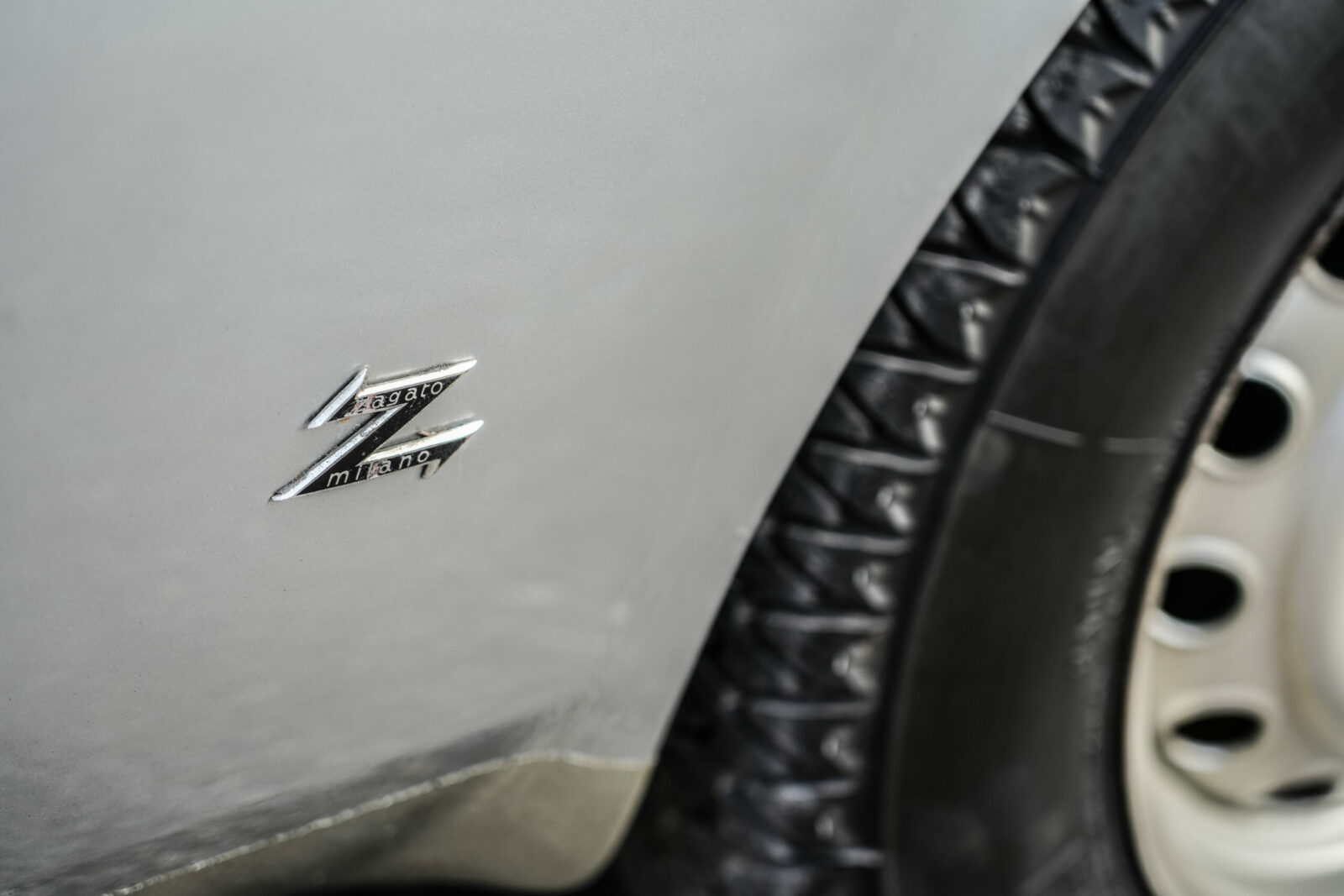
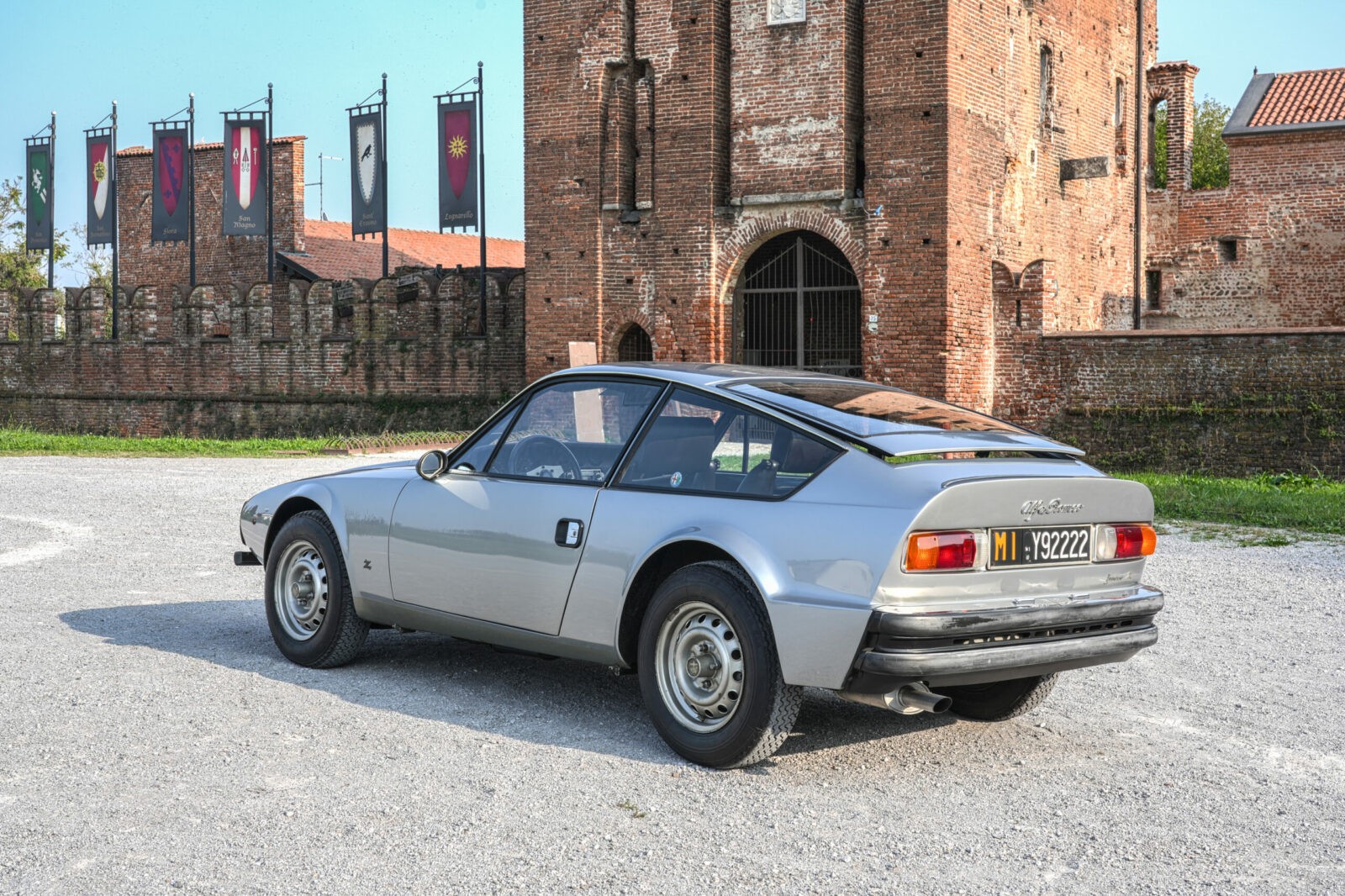
Z come Zagato
Il presidente dell’Alfa Romeo, Giovanni Luraghi, aveva un’idea audace: una GT compatta, sportiva e unica nel suo genere. Era una sfida titanica, ma sapeva che doveva essere realizzata. La nascita di questa meraviglia è un racconto di visionari e sognatori
In Alfa Romeo, il presidente Giovanni Luraghi aveva individuato uno spazio – in una gamma che comprendeva Giulia Super, Spider e GT Junior – per una GT originale, compatta e sportiva. Per migliorare sia le prestazioni sia la manovrabilità, aveva bisogno di un design compatto e aerodinamico e una costruzione leggera, combinati con una carrozzeria rigida. Infine, lo stile doveva essere abbastanza originale da differenziarla dalla Spider progettata da Pininfarina e dalla GT Junior disegnata da Bertone. Fu così che al Salone dell’Automobile di Torino del 1967, Luraghi incontrò Gianni ed Elio Zagato e furono concordati i principi alla base del nuovo veicolo. Ancora una volta il lavoro fu affidato a Ercole Spada, e il progetto risultante fu estremamente provocatorio. Il profilo seducente della Junior Z, troncato nella parte posteriore (in omaggio agli studi eseguiti negli Anni ’30 dallo svizzero Wunibald Kamm, da cui deriva l’omonimo della coda Kamm. Ndr) e rastremato in avanti in un cuneo aggressivo nella parte anteriore, aveva rotto ogni schema estetico convenzionale dell’Alfa Romeo.
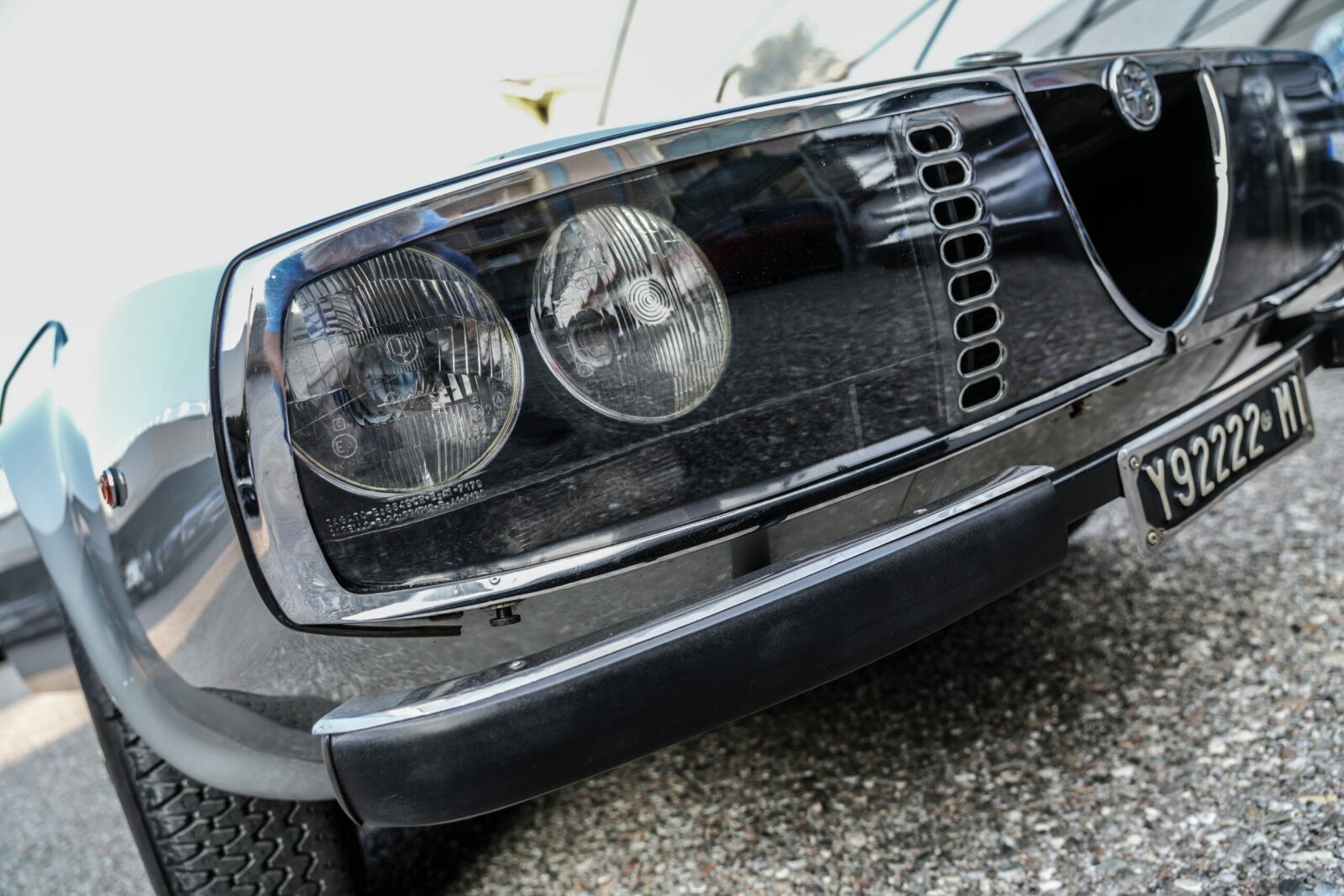
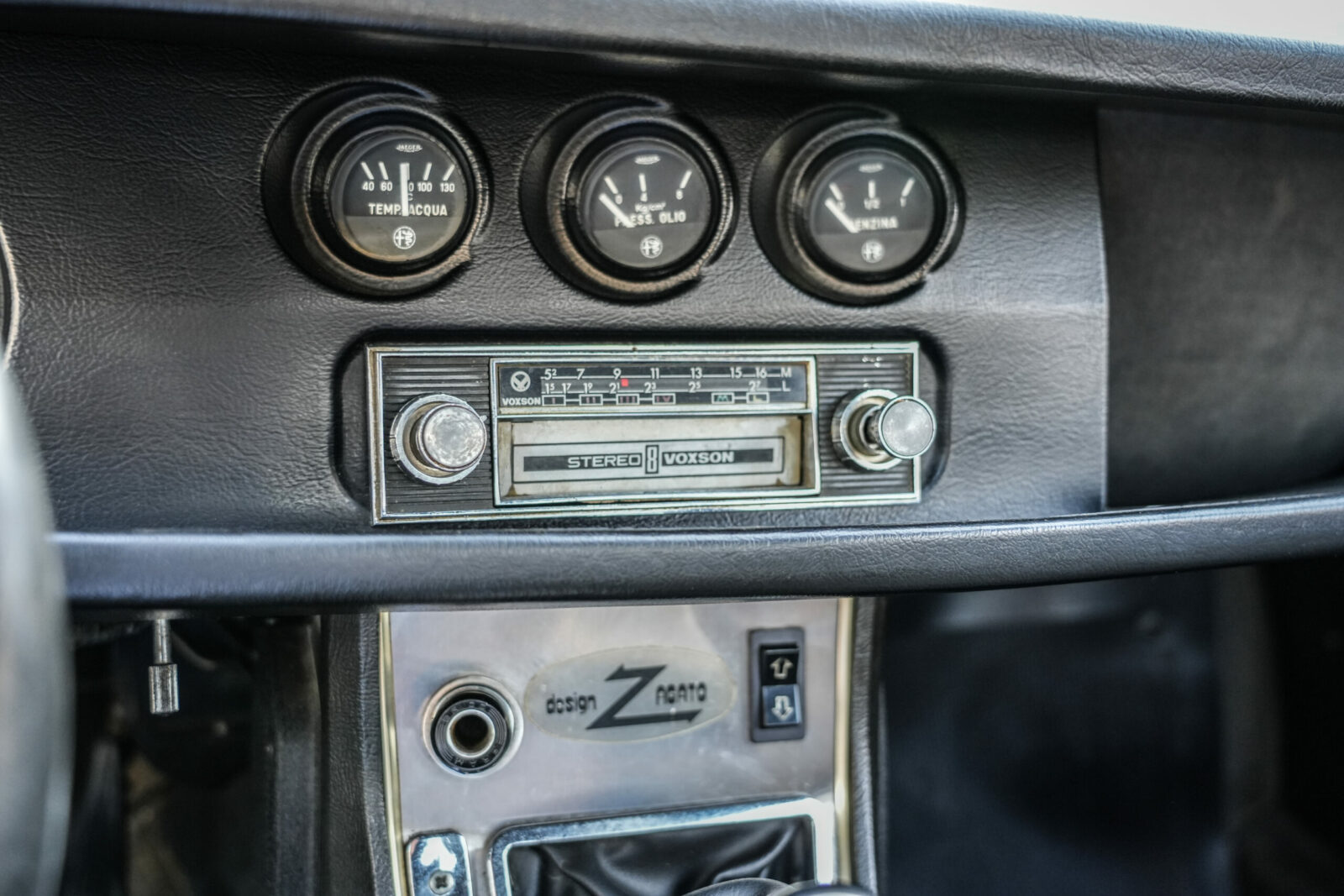
Il debutto
L’Alfa Romeo presentò la 1300 Junior Zagato al Salone dell’Automobile di Torino nel 1969. Anche se all’epoca lo stile fu considerato un po’ controverso, la Casa di Arese rivolse l’auto a un segmento di mercato giovane e relativamente benestante, interessato ad auto sportive ed eleganti. Dal punto di vista tecnico non c’era nulla di nuovo da vedere. Sfruttando i componenti di produzione della Serie 105 dell’Alfa Romeo, la Junior Zagato condivideva il pianale (accorciato), la trasmissione e l’assetto con la Giulia Spider Junior.
Il design di Spada racchiuse queste collaudate basi in una forma avanzata ed elegante con un occhio di riguardo al livello di dettaglio che il designer dedicò alle caratteristiche aerodinamiche di questa vettura. Non c’erano cromature ricercate o dettagli superflui da vedere – comuni in tutti gli altri modelli della stessa epoca – ma invece linee nette e un paraurti ridotto ai minimi termini. Anche l’interno era relativamente spazioso, con il rivestimento della console in alluminio lucidato dove trovava posto la base della leva del cambio montata quasi nella parte superiore del mobiletto centrale, mentre i pedali erano incernierati sul pavimento. Dietro il conducente e il passeggero trovava posto un’area di stivaggio piatta che forniva spazio per i bagagli più che adeguato. Privo di cromature e stemmi, il design esterno era così coinvolgente che lo stilista Yves Saint Laurent inserì una Junior in una delle sue pubblicità stampate sui rotocalchi. L’utile portellone posteriore, completamente in vetro, si apriva a mano per dare accesso al piccolo baule, ma un interruttore sul cruscotto permetteva al conducente di sollevare elettricamente il lunotto solo di pochi centimetri per migliorare la ventilazione interna. La carrozzeria elegante e la maneggevolezza sportiva hanno reso la Junior Zagato un oggetto del desiderio automobilistico nonostante il suo motore di soli 1300 cc. Abbondavano altri dettagli intelligenti sulla gestione dell’aria. Per ridurre la resistenza frontale, l’aggressivo muso fu ricoperto da plexiglass trasparente. Le uniche aperture erano un ritaglio per il radiatore, sapientemente modellato come lo scudo dell’Alfa Romeo, e una serie di fessure verticali per la presa d’aria del carburatore.
Inoltre, la sezione centrale del cofano motore si sollevava come per un effetto origami verso il parabrezza e, sul lato del conducente, una conformazione particolare dirigeva il flusso d’aria e consentiva al braccio del tergicristallo di muoversi senza resistenze. Dal muso alla coda, i contorni morbidi e le linee di design seguivano la linea di cintura dell’auto, riducendo la resistenza al vento e il rumore. Tutte queste caratteristiche aerodinamiche davano come risultato un coefficiente di resistenza aerodinamica di 0,29, davvero impressionante per un’auto stradale progettata quasi 60 anni fa. Sebbene il motore, la trasmissione, le sospensioni e i freni fossero rigorosamente Alfa, questi componenti funzionavano meglio sulla Zagato grazie alla leggerezza dell’auto, alla rigidità strutturale e alla fluidità della forma rispetto alle “sorelle” che avevano “donato” i loro meccanismi.
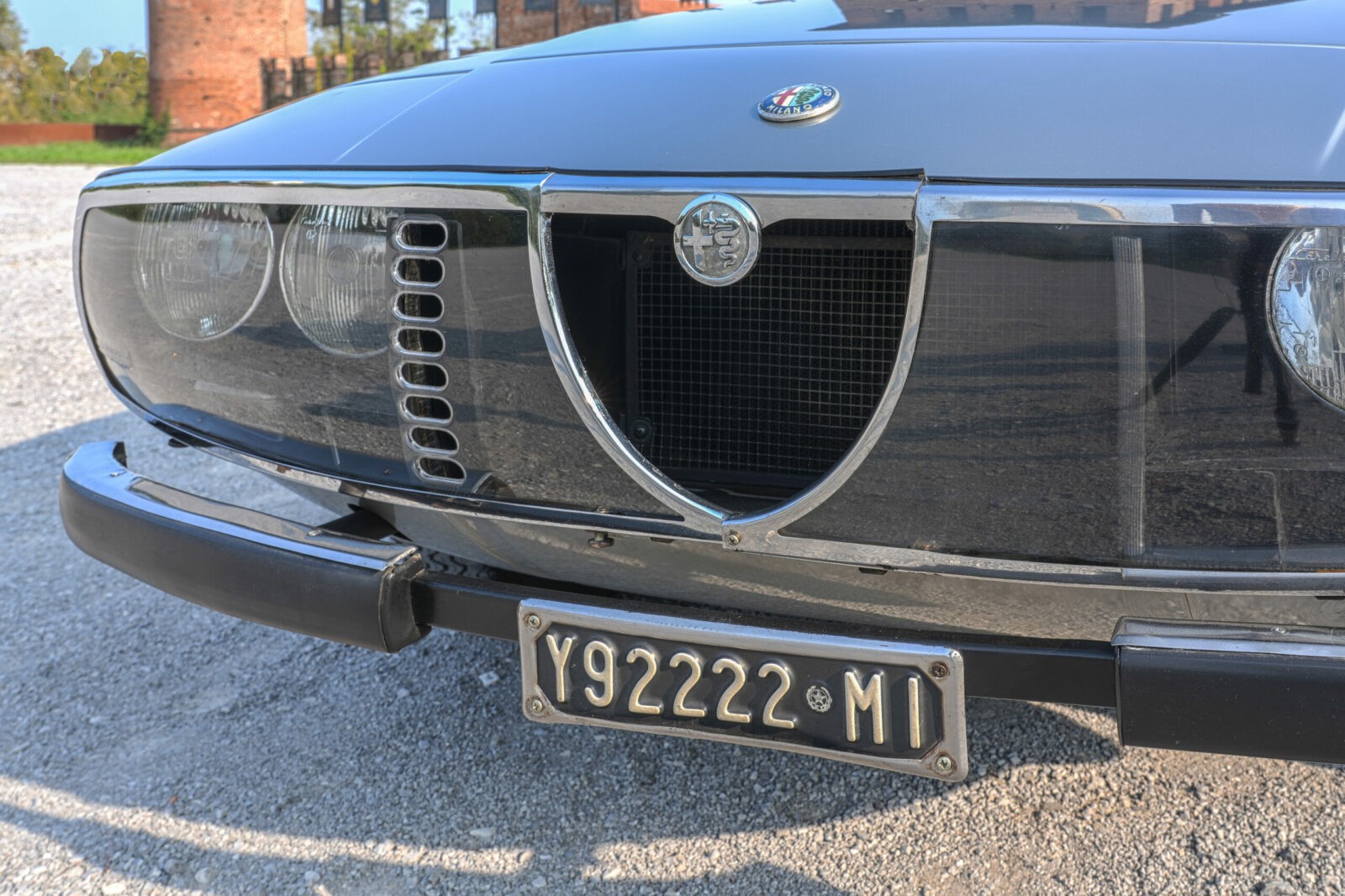
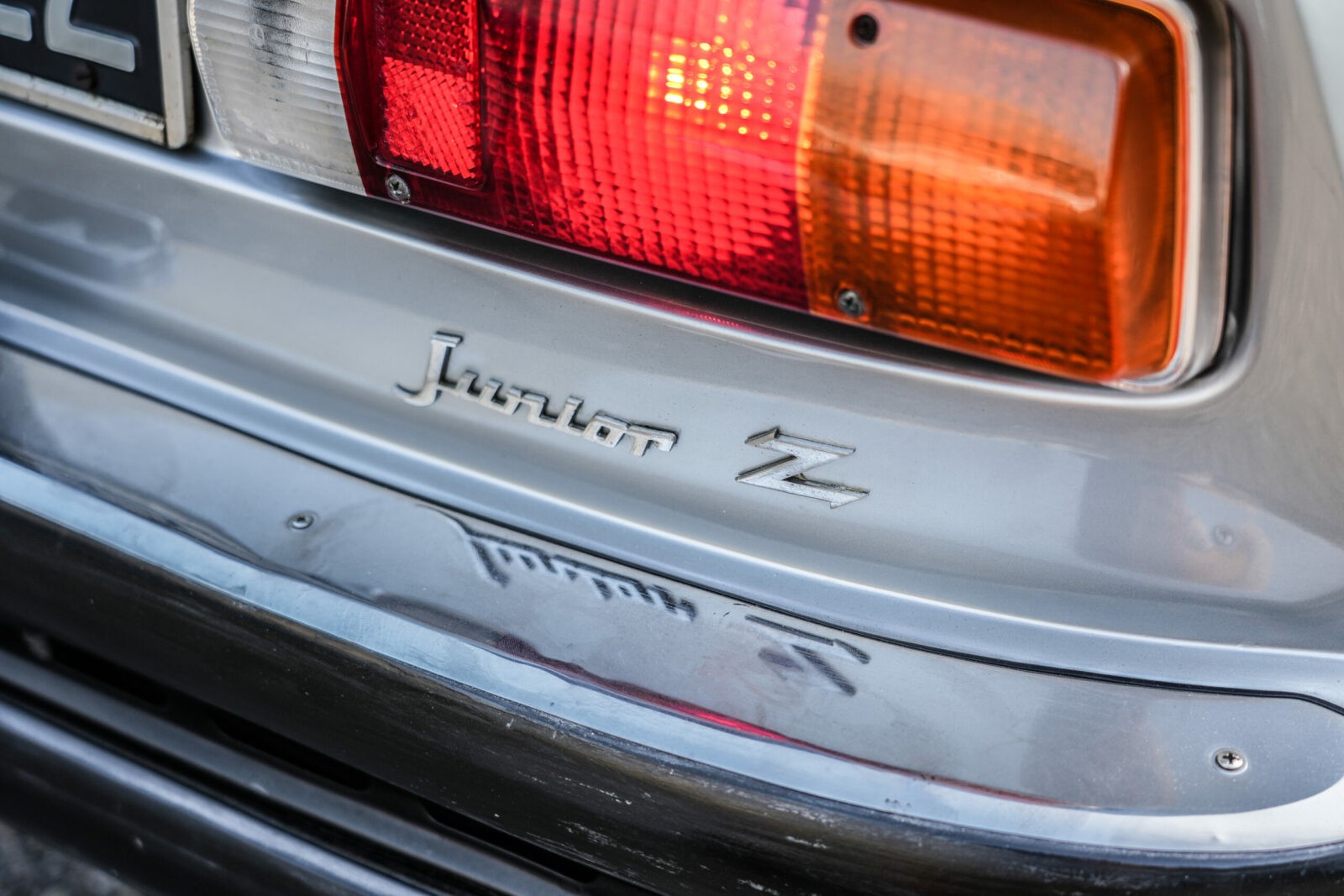
Lo shooting fotografico che ritrae la Junior 1300 Zagato.
Troppo cara
Al momento del suo rilascio, i collaudatori dopo le prove su strada rimasero entusiasti delle prestazioni della Junior, in particolare del suo equilibrio e manovrabilità. La Zagato si comportò così bene che si guadagnò la reputazione di essere una delle Alfa Romeo di piccola cilindrata più veloci e maneggevoli in commercio all’epoca. Ma le ottime performance non si tradussero in un successo di vendite. Nonostante il fascino sugli appassionati, le sue dimensioni ridotte, e lo sforzo fatto da Zagato per mantenere i costi di produzione più bassi possibile usando il motore originale a doppia camma da 1,3 litri trovato nel telaio dell’Alfa Romeo Spider donatrice, il prezzo finale di vendita anche a causa della complessità delle lavorazioni fu relativamente alto (notevolmente superiore a quello della coupé o della Spider. Ndr) e complice la forte concorrenza ne hanno frenato le vendite, che si fermarono a 1.117 esemplari prodotti in tre anni perché poi sostituita dalla versione 1600 di cui parleremo nei prossimi numeri.
In conclusione
Auto come la Junior Z sottolineano ciò che gli appassionati sanno da tempo: che stiamo guardando più di un’auto d’epoca. Stiamo osservando un’opera d’arte, un frammento di storia che continua a vivere nel presente. E poi la consapevolezza che non è necessario un grosso blocco motore sotto il cofano per divertirsi perché, a volte, anche le piccole auto possono portare grandi sorrisi a noi alfisti. E questo Pietro Cozzi lo sapeva bene.
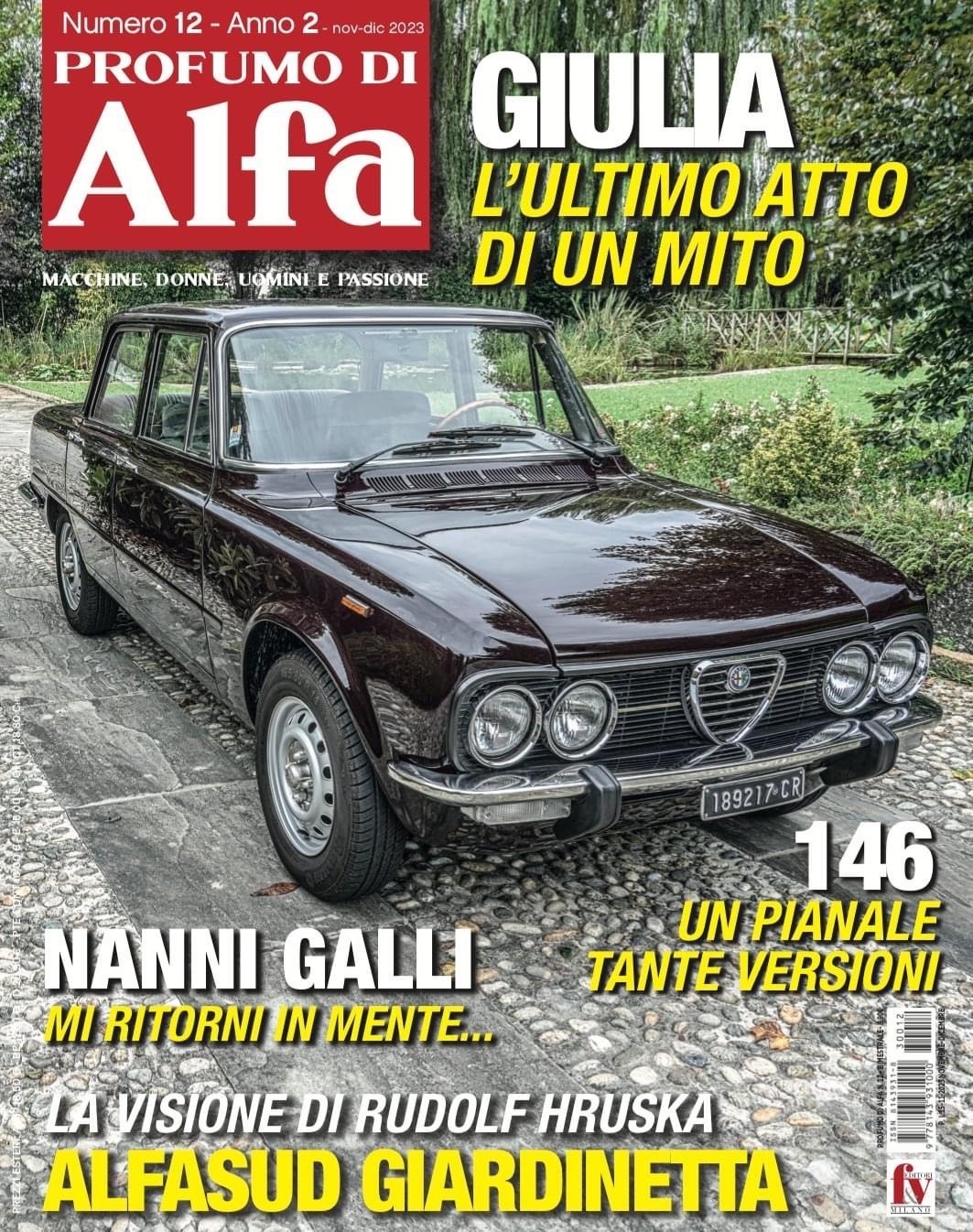
La copertina del numero 12 di Profumo di Alfa in cui c’è l’articolo dedicato alla Junior 1300 Zagato



